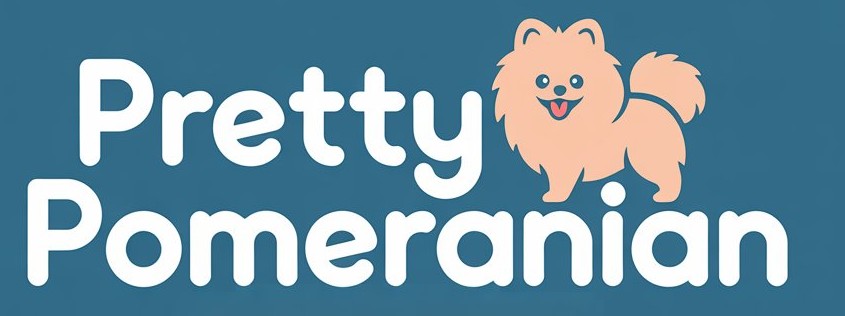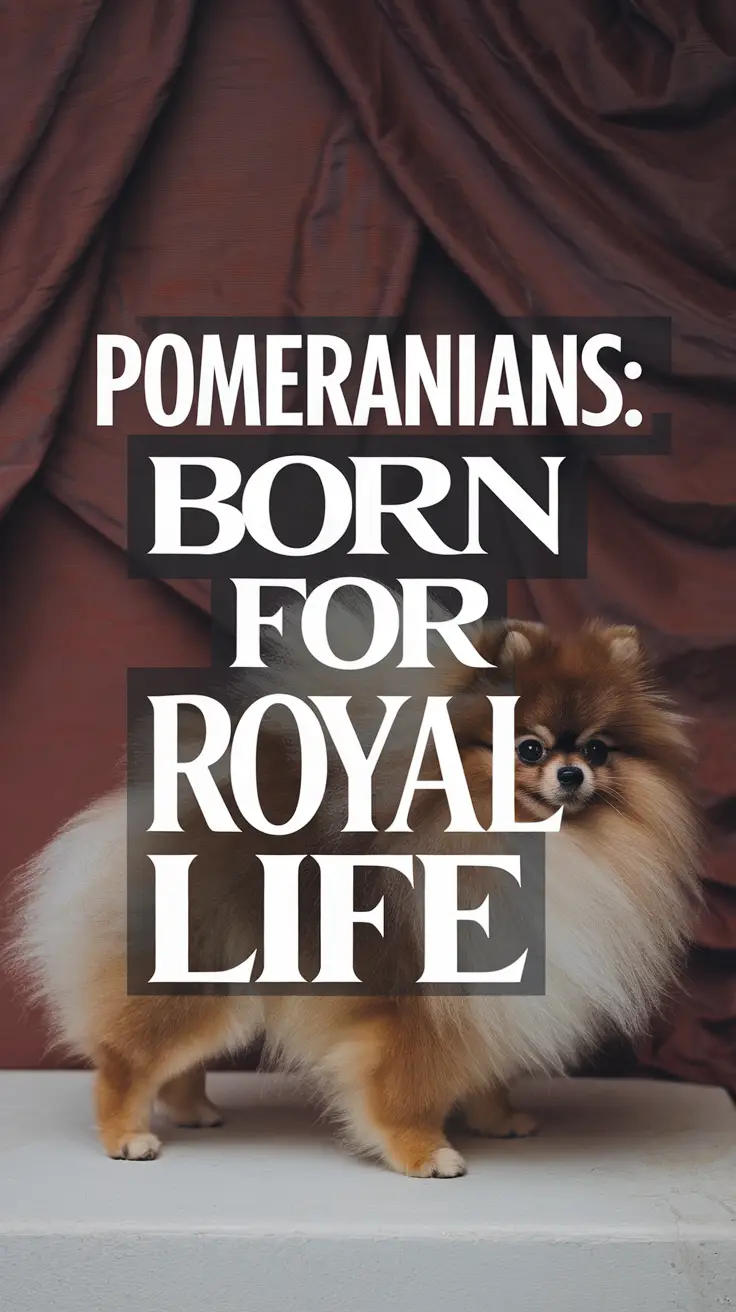Every Pomeranian owner has that moment when someone stops them on the street, stares at their fluffy companion, and exclaims “I’ve never seen a Pom that color before!” If you’re hunting for the most unusual Pomeranian coat colors or wondering about the health implications of these rare beauties, you’re in for quite the journey through genetics, ethics, and some truly stunning dogs.
Key Takeaways
- The rarest Pomeranian colors include merle, lavender, and blue, often created through specific breeding practices
- Some rare colors come with increased health risks, particularly dilution alopecia and eye problems
- Reputable breeding and health testing are crucial when considering rare-colored Pomeranians
The Rarest Pomeranian Colors Explained
My Sash is a classic orange sable, but I’ve encountered some absolutely breathtaking rare-colored Poms at dog shows that made my jaw drop. These unicorns of the Pomeranian world are stunning, but they come with their own set of considerations.
Ultra-Rare Color Categories
| Color | Description | Rarity Level | Health Concerns |
|---|---|---|---|
| Merle | Mottled patches with lighter base | Extremely Rare | Hearing/vision issues |
| Lavender | Diluted chocolate with purple tint | Very Rare | Dilution alopecia |
| Blue | Diluted black appearing steel-gray | Rare | Skin sensitivity |
| Brindle | Striped pattern over base color | Uncommon | Generally healthy |
| Pure White | Complete absence of pigment | Rare | Potential deafness |
The Genetics Behind the Magic
Here’s where things get fascinating and a bit scientific. These rare colors result from recessive genes that both parents must carry. Dr. Sarah Mitchell, a canine geneticist I’ve consulted with, explains that “dilution genes create the most stunning colors but can also compromise coat and skin health.” The dilution gene essentially ‘waters down’ the normal pigment, creating those gorgeous blue and lavender shades that make people stop and stare.
Health Implications You Need to Know
I learned this lesson the hard way when I almost purchased a beautiful blue Pom puppy. The breeder was honest about potential issues, which saved me from heartbreak later. Here’s what every rare-color enthusiast needs to understand:
Common Health Challenges
- Dilution Alopecia: Progressive hair loss affecting blue and lavender Poms, typically starting around 6 months to 3 years
- Color Dilution Syndrome: Skin becomes flaky, itchy, and prone to bacterial infections
- Eye Problems: Merle patterns can cause iris defects, cataracts, or even blindness
- Hearing Issues: Pure white and merle Poms have higher rates of congenital deafness
- Sun Sensitivity: Diluted coats offer less UV protection, increasing skin cancer risk
The Reality Check
During a dog show, I met “Princess,” a gorgeous lavender Pom who was absolutely stunning but wore a little sweater year-round to protect her sensitive skin. Her owner loved her dearly but spent considerably more on specialized shampoos, skin treatments, and vet visits. This isn’t meant to discourage anyone, but rare beauty often comes with rare responsibilities.
Finding Ethical Breeders for Rare Colors
The demand for rare colors has unfortunately attracted some questionable breeding practices. I’ve seen puppy mill operations advertising “exotic” colors at premium prices without proper health testing. Here’s your protection checklist:
Red Flags to Avoid
- Breeders who always have rare colors available
- No health testing documentation for parents
- Unwillingness to show you the mother dog
- Claims that rare colors are “healthier” or “more valuable”
- Multiple litters available simultaneously
Green Flags of Reputable Breeders
- Comprehensive health testing including eye clearances and genetic panels
- Honest discussion about potential health issues
- Limited breeding focused on health over profit
- Lifetime support and willingness to take dogs back
- Active involvement in dog shows or breed clubs
Caring for Your Rare-Colored Pom
If you do decide to welcome a rare-colored Pomeranian into your family, preparation is key. Sash’s grooming routine is already intensive, but rare-colored Poms often need extra TLC.
Special Care Requirements
- Gentle Grooming: Use hypoallergenic shampoos and avoid over-brushing sensitive skin
- Sun Protection: Limit midday sun exposure and consider dog-safe sunscreen
- Regular Vet Checkups: Monitor skin and coat health closely
- Quality Nutrition: Omega-3 supplements can help support coat health
- Environmental Control: Keep living spaces clean to prevent skin irritation
The Price of Beauty
Let’s talk numbers because rare colors command rare prices. I’ve seen lavender and merle Pomeranians priced anywhere from $3,000 to $10,000, compared to $1,200-$3,000 for standard colors. But remember, the initial cost is just the beginning. Factor in potential ongoing medical expenses, specialized grooming products, and the emotional investment in a dog that might face health challenges.
Are Rare Colors Worth It?
This question keeps many potential Pom parents awake at night. Having met dozens of rare-colored Pomeranians and their devoted owners, I can tell you that many live happy, healthy lives with proper care. The key is going into the relationship with eyes wide open, pockets deep enough for potential medical needs, and a heart big enough to love unconditionally.
Every dog, regardless of color, deserves a family that chooses them for the right reasons. If you’re drawn to rare colors because you genuinely connect with a specific dog and understand the commitment involved, you might just find your perfect match. But if you’re simply chasing Instagram likes or bragging rights, maybe stick with the classic colors that have fewer complications. After all, Sash’s traditional orange coat still stops traffic, and her personality is the rarest treasure of all. The most beautiful Pomeranian is always the one that’s perfectly healthy, deeply loved, and living their best fluffy life – regardless of whether their coat is common orange or unicorn lavender.




